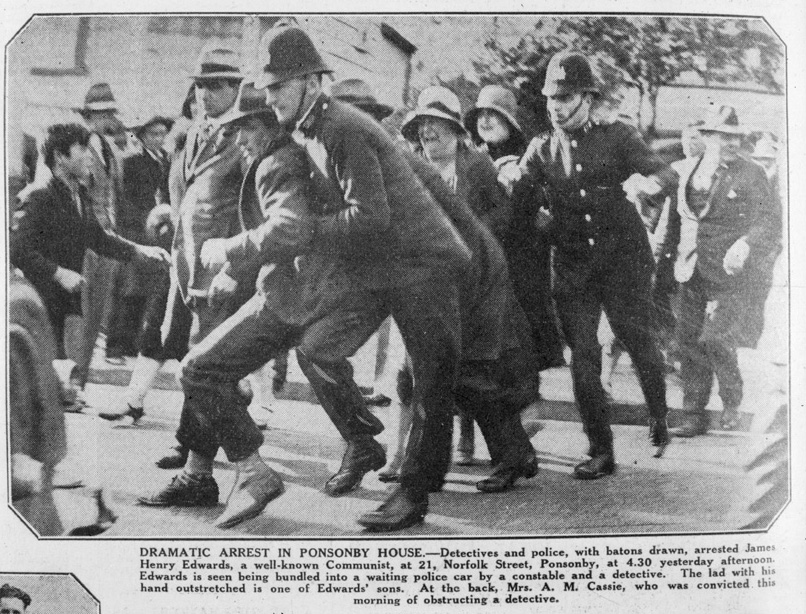Yesterday upward of 10,000 people marched down Queen street in solidarity with the rebellions sweeping the United States in the wake of the murder of George Floyd at the hands of Minneapolis Police. The immense power of the unleashing of centuries of trauma has spread rapidly across cities all over the United States, and now that same intergenerational trauma is reflected here. The diversity Tāmaki Makaurau (Auckland) is known for was reflected in the march, with a wide variation of people of all ages, with children loudly shouting “Are we next?”, “No Justice, No Peace” and “Black Lives Matter” as they marched.
A large crowd had gathered early in preparation for the march and as the day continued on thousands more joined. Speakers before the march retold their experiences of racism in New Zealand. Repeatedly the point came up – the US might be a more extreme example – but institutionalised racism is alive and well in New Zealand. A big emphasis in both the signs and the speeches were about the recent trial of the armed response teams by the New Zealand Police, drawing a clear link between the way Maori and Pasifika are discriminated against in New Zealand with how African Americans are treated across the states.
This ridiculous trial lead to fully armed police riding around in black SUVs doing traffic stops, in predominantly Pasifika and Māori communities in the Waikato, South Auckland and Eastern Christchurch. During this short trial 3 Māori and Pasifika men were killed in police callouts. The ArmsDown Campaign has continued to highlight the institutional racism inherent in the justice system in New Zealand and trying to stop this appalling trial.
The march itself was big and boisterous with a marching band calling out the beat of the chants. It was so big that it split when the march made down to the US consulate on Customs Street at the bottom of Queen Street, with about half having to stay on Queen Street to find some space. At the end of the march people gathered around speakers outside the consulate blaring songs such as No Role Modelz by J Cole and Alright by Kendrick Lamar, as the names of Black people killed by the police in the United States were written on the wall.

Smaller events happened across the country. In Pōneke (Wellington) at 1pm there was a march of 150 people from Frank Kitts Park to Parliament then to the US Embassy followed in the evening by at least 2000 for a vigil outside parliament. In Ōtautahi (Christchurch) around 1000 rallied in the center square. Ōtepoti (Dunedin) had around 300 filling the Octagon in the city centre. Smaller demonstrations also occurred in Tauranga, Whangarei and Palmerston North.

Social distancing in a solidarity march of this size isn’t really possible, though many tried to follow those protocols as much as they could, many attended in masks and an online sign-in has been passed around, all who attended are encouraged to sign in. Solidarity is important, not just to make real the promise of an injury to one is an injury to all, but also to put in a mirror in front of our own injustices here in Aotearoa. Within capitalism, racism is used to divide and split society, to set us versus them and to forget the real antagonistic relationship in society between those who own capital and the rest of us.

This rage and anguish over institutionalised racism in Aotearoa could not be held back and when it needs to be expressed it comes to the fore with a full force. This march was cathartic – a real release of complex personal trauma that has been hidden under the surface for generations. The police trial of fully armed SUVs didn’t stop because of the lockdown, the prejudicial treatment of Pasifika and Māori didn’t stop during the lockdown and fighting against racism and injustice hasn’t stopped either!









